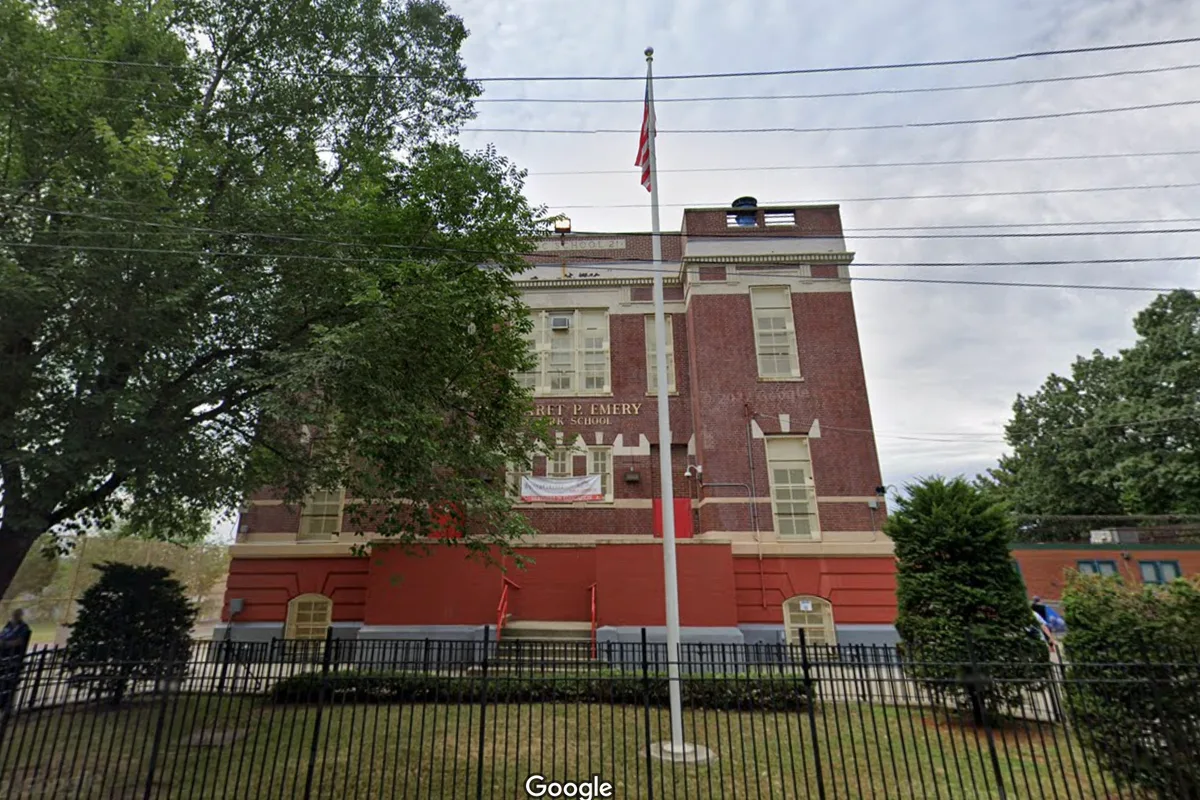
The recent implementation of a new wage-based H-1B visa rule has sparked a contentious debate within the international community, the tech industry, and immigration policy circles. While the primary intent behind this regulation might be to prioritize higher-wage, more experienced foreign professionals, it inadvertently levies significant hurdles for entry-level international students aspiring to work in the United States. This shift could have long-lasting repercussions, potentially deterring talented young minds from pursuing opportunities in the U.S., thereby impacting innovation, diversity, and the future of the American workforce.
Understanding the New H-1B Wage Rule
The H-1B visa program is a critical pathway for skilled foreign workers to contribute to the U.S. economy, especially in sectors like technology, healthcare, engineering, and academia. The recent change introduces a wage threshold criterion, whereby employers are mandated to pay H-1B workers at a level commensurate with or higher than the prevailing wages for their geographic and occupational categories.
The *core concern* is that this wage-based approach favors applicants with substantial professional experience, advanced degrees, or specialized skills that command higher salaries. Conversely, entry-level students and recent graduates, who are often in the early stages of their careers, may not meet the elevated wage benchmarks, making it increasingly challenging to secure H-1B sponsorships.
Impacts on Entry-Level International Students
International students who graduate from U.S. universities frequently seek employment opportunities under the Optional Practical Training (OPT) program, which often serves as a stepping stone toward H-1B visas. The new wage rule threatens to disrupt this pathway in multiple ways:
1. Increased Barriers to Entry-Level Positions
Since the wage thresholds are now more rigid, employers may become hesitant to sponsor students for entry-level roles that cannot meet the higher pay standards. This challenge is particularly acute for recent graduates from less-established universities or those working in roles traditionally associated with lower initial compensation.
2. Reduced Opportunities for Practical Experience
Many international students rely on internships and part-time roles during their studies to build their resumes. The new regulation might discourage companies from offering such opportunities, fearing compliance complications or the potential inability to justify lower wages for entry-level roles within the new wage framework.
3. Deterrent to Pursuing U.S. Education
The perception that visa opportunities will become increasingly restricted or costly may discourage prospective international students from considering U.S. educational institutions altogether. Over time, this could lead to a decline in the diversity and richness that international students bring to campuses and the wider community.
Broader Economic and Cultural Repercussions
The ramifications extend beyond individual employment prospects, touching upon the broader economic and cultural fabric of America:
- Innovation and Competitiveness: International students constitute a significant portion of STEM talent driving innovation. Limiting their opportunities could stifle research and technological advancement, especially in sectors dependent on fresh perspectives and diverse ideas.
- Diversity and Global Connectivity: Fear of restrictive policies may lead to a demographic shift in student populations and skilled professionals, potentially impacting America’s reputation as an inclusive, welcoming global hub.
- Long-term Workforce Sustainability: As the U.S. faces demographic challenges like an aging population, attracting young, talented international students is crucial for maintaining a vibrant and competitive workforce. Barrier-to-entry policies risk exacerbating workforce shortages in vital sectors.
Potential Counteractions and Strategic Responses
Given the challenges posed, international students, educational institutions, and policy advocates might consider several strategies:
- Advocacy and Policy Engagement: Engaging with policymakers to advocate for exemptions or adjustments for entry-level roles and recent graduates can help preserve pathways for international students.
- Institutional Support: Universities and colleges can provide tailored career services, workshops, and partnerships with industries willing to sponsor and support entry-level roles despite wage constraints.
- Employer Incentives: Encouraging employers to recognize the long-term value of diverse talent pipelines and to participate in advocacy efforts or to offer alternative visa pathways.
Conclusion
The new wage-based H-1B rule underscores a shift towards prioritizing experienced professionals, but it also risks excluding the very segment of international talent that has historically enriched the U.S. ecosystem—entry-level students and recent graduates. To sustain America’s global leadership in innovation, it’s vital to strike a balance that values experience without shutting doors for the next generation of international talent. Policymakers, industry leaders, and educational institutions must collaborate to ensure the visa system remains a gateway for opportunity, not a barrier.
As this policy debate unfolds, one thing remains clear: the health of the U.S. future workforce depends on maintaining accessible, fair, and inclusive pathways for young, talented international students to contribute and thrive.
For more updated news please keep visiting Prime News World.








